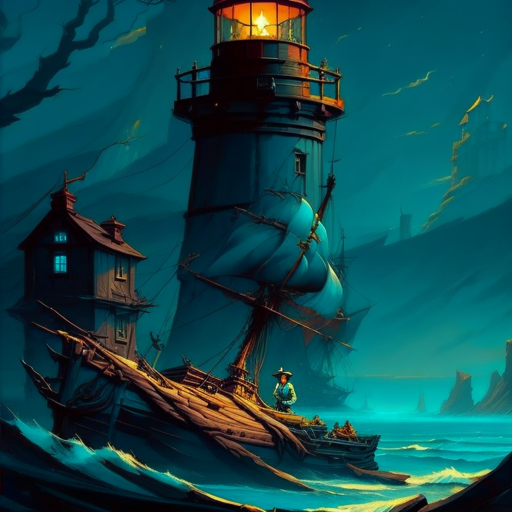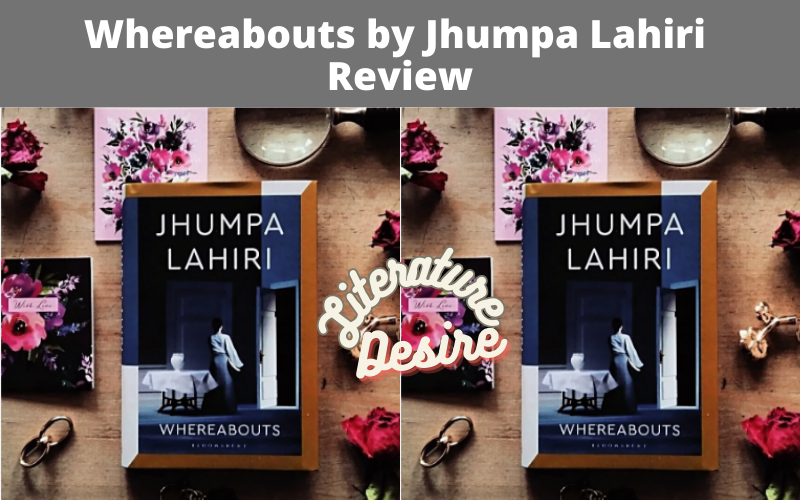Welcome to our comprehensive summary and exploration of Virginia Woolf ‘s iconic novel, To the Lighthouse. In this article, we will delve into the intricacies of the book, providing a detailed summary, analysis, and insights into its themes, characters, and literary techniques.
Join us on this journey as we unravel the depths of Woolf’s masterpiece and gain a profound understanding of its significance in the literary world.
Virginia Woolf “To the Lighthouse” Summary: Unraveling the Depths of Woolf’s Masterpiece
Virginia Woolf to the Lighthouse Summary
To the Lighthouse is a profound and introspective novel by Virginia Woolf that examines the complexities of human relationships, the passage of time, and the elusive nature of truth.
Set in the early 20th century, the story is divided into three sections, each presenting a different perspective on the characters and their experiences.
Virginia Woolf To the Lighthouse Summary: The Window

In the first part of the novel, titled “The Window,” Woolf introduces us to the Ramsay family and their circle of friends who are vacationing in the Isle of Skye, Scotland. Mr. Ramsay, a renowned philosopher, and his wife, Mrs.
Ramsay, host a group of guests, including Lily Briscoe, a young painter, and Charles Tansley, a promising scholar. Throughout this section, Woolf skillfully captures the essence of each character and their intricate relationships, laying the foundation for the narrative to come.
Virginia Woolf To the Lighthouse Summary: Time Passes

The second part of the novel, “Time Passes,” presents a significant temporal shift and showcases the effects of time on the Ramsay family and their home.
Woolf employs a unique narrative style in this section, using a series of fragmented passages and poetic prose to depict the passage of time, the decay of the house, and the tragedies that befall the characters during the intervening years.
Virginia Woolf To the Lighthouse Summary: The Lighthouse

The final part of the novel, “The Lighthouse,” transports us to a decade after the events of the first section. Mrs. Ramsay has passed away, and the Ramsay children, James and Cam, long to fulfill their mother’s promise of a visit to the lighthouse.
This section explores the complexities of relationships, the shifting dynamics within the family, and the profound impact of Mrs. Ramsay’s absence. As the characters embark on their journey to the lighthouse, Woolf delves deep into their thoughts, fears, and desires, culminating in a breathtaking climax that reveals the true nature of human connection and understanding.
Analysis and Themes
To the Lighthouse is a rich tapestry of themes and motifs that resonate with readers on a profound level. Here, we explore some of the key themes and provide a deeper analysis of Woolf’s literary techniques.
The Passage of Time and Memory
Woolf masterfully portrays the passage of time and its impact on individuals and relationships. Through her unique narrative style, she captures the fleeting nature of human existence, the memories that shape us, and the longing for permanence in an ever-changing world.
Perception and Subjectivity
The novel also delves into the subjective nature of reality and the limitations of individual perception. Woolf challenges the notion of objective truth, presenting multiple perspectives on events and highlighting the inherent subjectivity of human experiences.
Gender and Identity: Symbolism
Woolf’s exploration of gender roles and the limitations imposed on women during the early 20th century is a prominent theme in “To the Lighthouse”. The character of Lily Briscoe, a female artist struggling to find her voice in a male-dominated society, serves as a powerful symbol of female autonomy and creative expression
Art and Creation
Artistic creation and the role of the artist are central themes in the novel. Lily Briscoe’s struggle to complete her painting and her quest for artistic truth mirror Woolf’s own introspective journey as a writer. Through Lily’s character, Woolf highlights the transformative power of art and its ability to capture the essence of human experience.
The Bottom Line
Virginia Woolf’s To the Lighthouse is a literary masterpiece that invites readers on a journey of introspection and self-discovery. Through its rich characters, profound themes, and innovative narrative style, the novel transcends the boundaries of time and leaves an indelible mark on the literary landscape.
As readers navigate the intricacies of the Ramsay family’s relationships and grapple with the ephemeral nature of existence, Woolf imparts a deep understanding of the human condition and the complexities of the human heart.
So, delve into the world of To the Lighthouse and embark on a literary adventure that will resonate with you long after you turn the final page.
Frequently Asked Questions
To the Lighthouse is undoubtedly a challenging read due to its complex narrative structure and stream-of-consciousness style. However, the novel rewards readers with its profound insights and lyrical prose. Taking your time and approaching the book with an open mind can greatly enhance your reading experience.
The lighthouse in To the Lighthouse serves as a powerful symbol of unattainable ideals and the pursuit of truth. It represents the characters’ longing for transcendence, enlightenment, and a deeper understanding of themselves and the world around them.
Woolf’s unique narrative style allows her to present the passage of time in a fragmented and nonlinear manner. Through her lyrical prose and vivid imagery, she captures the fleeting nature of moments, the weight of memories, and the profound impact of the passage of time on individuals and relationships.
Woolf’s novel delves into the restrictive gender roles and societal expectations imposed on women during the early 20th century. Through characters like Mrs. Ramsay and Lily Briscoe, she explores the struggles and aspirations of women in a patriarchal society, shedding light on the limitations they faced and their quest for personal and creative fulfillment.
Woolf’s stream-of-consciousness narrative style immerses readers in the inner thoughts and emotions of her characters, providing a unique and intimate reading experience. Her lyrical prose, rich metaphors, and meticulous attention to detail create a vivid and atmospheric world that captivates readers and invites them to contemplate the profound questions raised within the novel.



